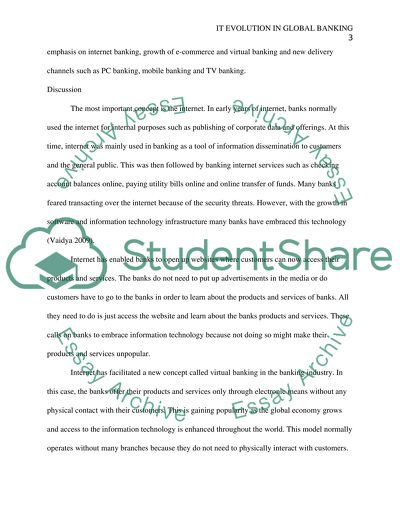Cite this document
(“IT Evolution in Global Banking Essay Example | Topics and Well Written Essays - 1500 words”, n.d.)
IT Evolution in Global Banking Essay Example | Topics and Well Written Essays - 1500 words. Retrieved from https://studentshare.org/finance-accounting/1478861-it-evolution-in-global-banking
IT Evolution in Global Banking Essay Example | Topics and Well Written Essays - 1500 words. Retrieved from https://studentshare.org/finance-accounting/1478861-it-evolution-in-global-banking
(IT Evolution in Global Banking Essay Example | Topics and Well Written Essays - 1500 Words)
IT Evolution in Global Banking Essay Example | Topics and Well Written Essays - 1500 Words. https://studentshare.org/finance-accounting/1478861-it-evolution-in-global-banking.
IT Evolution in Global Banking Essay Example | Topics and Well Written Essays - 1500 Words. https://studentshare.org/finance-accounting/1478861-it-evolution-in-global-banking.
“IT Evolution in Global Banking Essay Example | Topics and Well Written Essays - 1500 Words”, n.d. https://studentshare.org/finance-accounting/1478861-it-evolution-in-global-banking.


